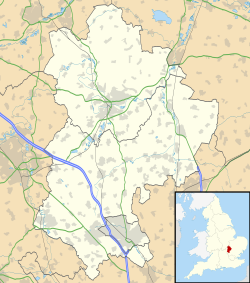Vicars
Records of the St Margaret's ministers go back to 1250 starting with William de Stratle.
- Reverend James Hadow (1757–1847)
James Hadow was born in St Andrews on 30 January 1757, the eldest son of Professor George Hadow, was vicar for fifty nine years, from 1781 to 1840. He matriculated at St Andrews university in 1773 and was a Glasgow scholar of Balliol College, Oxford. He married Sarah Wye (1762–1849) in 1788. The Wye family had for some generations lived in Porto, Portugal where her father John Wye (1737–1807) worked at the British Factory Chaplaincy. The Wye family had in the past owned Lypiatt Park, near Stroud, Gloucestershire. It is said that James fell in love with Sarah Wye, but the Wye family did not approve and sent her off to her uncle at Beverley in Yorkshire. One night when the family were going out to a ball she pleaded ill health, and stayed at home, and James eloped with her. They went to St Andrews and were married there. [7]
James Hadow is buried in the church grounds. [8] Hadow's gravestone reads: "Here rest the remains of James Hadow, Clerk MA Late Vicar of Streatley and Sundon. He was born 30 Jan AD 1757 Was instituted to Streatley AD 1781 to Sundon AD 1786 Resigned AD 1840 And in hope of mercy through Christ Jesus the Saviour died on 30 Jan AD 1847 Blessed be the name of the Lord.
Sarah Wye is also buried beside him. Her grave reads: "Sarah Wye his beloved and affectionate wife Who died 14 June 1849 Aged 86 years Blessed are the dead who die in the Lord".
James Hadow and Sarah Wye had eight children.
- John Gibson
John Gibson was the brother of Guy Gibson leader of the Dambuster's raid.

